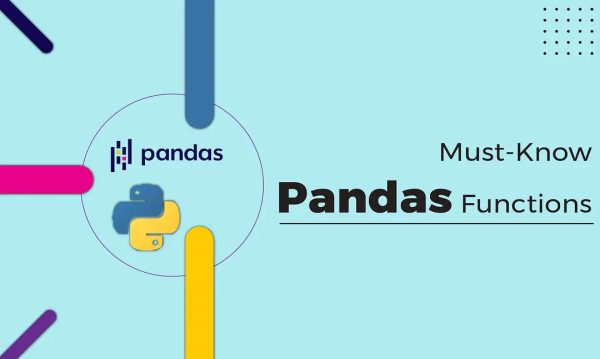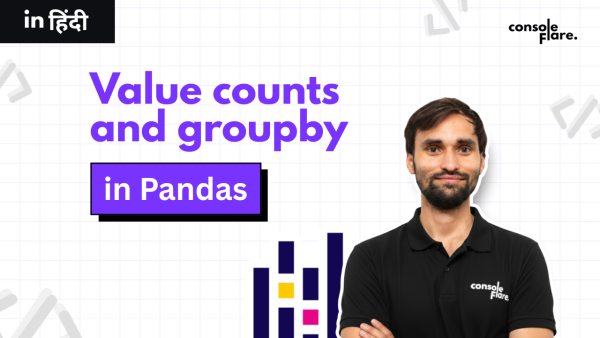Set Mutations in Python Challenge on HackerRank
Set Mutations in Python Challenge on HackerRank Set Mutations in Python is a challenge on HackerRank. The task teaches you how to change a set using update, intersection_update, difference_update, and symmetric_difference_update. What Are Set Mutations in Python A set stores unique values. Mutation methods change the set directly. • update adds new items from another…
User Defined Functions in Pandas With Real Use Cases
User defined functions in pandas help you handle logic that built-in Pandas tools do not support. Real datasets from different industries follow rules that change from project to project, so you often need your own processing method. A UDF lets you write custom logic and apply it to a column or an entire row. This…
Integers Come in All Sizes HackerRank Python Solution
Integers Come in All Sizes HackerRank Python Solution Integers Come in All Sizes HackerRank is one of the smartest “easy” problems you’ll ever solve. It looks tiny, but it instantly shows why Python is unbeatable when numbers get massive. Step 1: Problem Statement – Integers Come in All Sizes HackerRank You get four numbers, each…
Value_counts and Groupby in Pandas Explained in Easy Steps
Value_counts and Groupby in Pandas Explained in Easy Steps Analysts use value_counts and groupby in Pandas to explore a dataset and summarize information fast. This tutorial explains value_counts and groupby in Pandas with simple examples that beginners understand. When you learn value_counts and groupby in Pandas, you get better at summarizing data quickly. Most data…
Filtering in Pandas: Learn loc, iloc, isin(), and between()
Filtering in Pandas: Learn loc, iloc, isin(), and between() Filtering in Pandas is a key part of analyzing data. This approach makes it much easier to find your way around and understand your data by letting you choose specific rows or columns based on certain conditions. You might need to get certain information from a…
Mod Divmod in Python Explained with Simple Examples | HackerRank Problem
Mod Divmod in Python Explained with Simple Examples | HackerRank Problem Small built-in functions in Python often save a great deal of work when you first start learning the language. The function divmod() is one example. At first glance, it doesn’t seem particularly noteworthy, but after using it, you’ll see how neat it makes your…
Set .intersection() Operation in Python – Complete HackerRank Solution Explained Step-by-Step
Set .intersection() Operation in Python – Complete HackerRank Solution Explained Step-by-Step While solving Python problems on HackerRank, you’ll likely find the Set .intersection() in Python question.It’s a quick challenge that shows how to find what’s common between two sets – a trick that’s surprisingly useful in real projects. Beginners who wish to learn how Python…
Python Operators Explained with Easy Examples
Operators in Python Operators in Python are unique symbols that enable us to carry out various operations, such as assigning data, comparing values, and adding numbers. Consider operators to be tools that instruct Python on how to handle your data. Let’s examine each of the primary operator types individually using clear and thorough examples! 1….
HackerRank Set pop(), remove(), and discard() Python Solution | In 7 Step-by-Step Explanation
HackerRank Python Series: Working Through the Set discard(), remove(), and pop() Challenge Hi there! Welcome back to our HackerRank Python Series! I’m looking forward to talking about the Set discard(), remove(), and pop() challenge today. I taught Python for a while, and to be honest, sets really confused me at first. They are useful, but…
HackerRank Python Solution – Using itertools combinations_with_replacement | In 5 Easy Steps
Overview We’ll solve the combinations_with_replacement function, one of the most well-known HackerRank Python challenges that makes use of the itertools library, in this post. This task teaches you how to handle strings in a sorted fashion and how to create combinations when repetition is permitted. You can watch my YouTube video to follow along visually…











